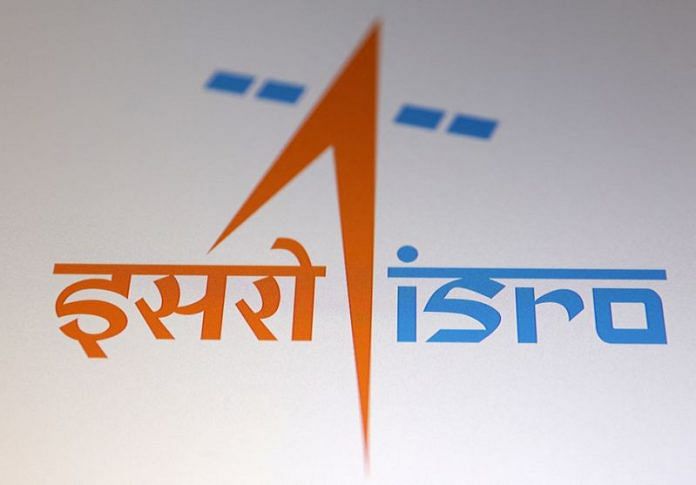Bengaluru: India’s space agency is readying to launch a rocket as soon as Friday that will attempt to land a rover on the moon and mark the country’s arrival as a power in space exploration and the new frontier of space commerce.
Only the United States, the former Soviet Union and China have made successful lunar landings. An attempt by a Japanese start-up earlier this year ended with the lander crashing.
Built on a budget of just under $75 million, the Chandrayaan-3 is set to blast off from India’s main spaceport in the southern state of Andhra Pradesh at 2:35 p.m. local time (0905 GMT).
If everything goes to plan, a 43.5 metre (143 ft) LVM3 launch rocket will blast the spacecraft into an elliptical Earth orbit before it loops toward the moon for a scheduled landing around Aug. 23.
The launch by the Indian Space Research Organisation (ISRO) is the country’s first major mission since Prime Minister Narendra Modi’s government announced policies to spur investment in private space launches and related satellite-based businesses.
India wants its space companies to increase their share of the global launch market by fivefold within the next decade, officials have said, up from 2% by revenue in 2020.
Chandrayaan, which means “moon vehicle” in Sanskrit, includes a 2m tall lander designed to deploy a rover near the lunar south pole, where it is expected to remain functional for two weeks running a series of experiments.
But analysts say the launch also has a secondary mission: signalling India is open for business in the accelerating private-sector space race.
“A successful mission will add to India’s global stature and bring indirect benefits on the commercial aspect of the industry,” said Ajey Lele, a consultant at New Delhi’s Manohar Parrikar Institute for Defence Studies and Analyses.
ISRO’s Chandrayaan-2 mission in 2020 successfully deployed an orbiter but its lander and rover were destroyed in a crash near where the Chandrayan-3 will attempt a touchdown.
Since 2020, when India opened to private launches, the number of space startups has more than doubled. Late last year, Skyroot Aerospace, whose investors include Singapore’s sovereign wealth fund GIC, launched India’s first privately built rocket.
On a visit to the United States last month, Modi and U.S. President Joe Biden pledged to deepen collaboration in space.
Voyager Space, a Denver-based company with a NASA contract to develop the planned Starlab space station, said this week it had signed a memorandum of understanding with ISRO to use Indian rockets and would look for opportunities to collaborate with Indian space start-ups.
“India sees space as a strategic asset, and it aims to become one of the leading players in outer space,” said Carla Filotico, managing director at consultancy SpaceTec Partners.
“This could be India’s opportunity to be one of the pioneers in this industry.”
(Reporting by Nivedita Bhattacharjee in Bengaluru; Editing by Kevin Krolicki and Jamie Freed)
Disclaimer: This report is auto generated from the Reuters news service. ThePrint holds no responsibilty for its content.



